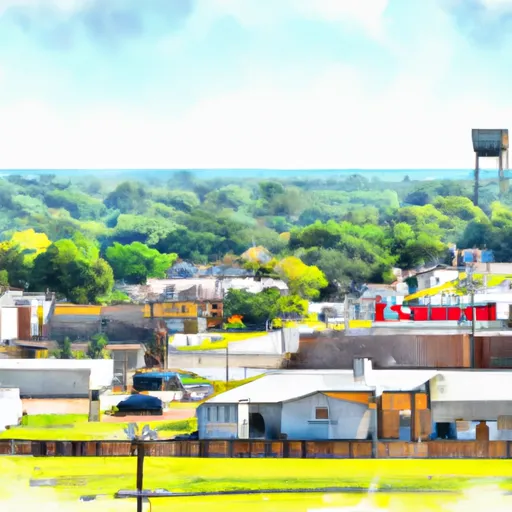°F
°F
mph
Windspeed
%
Humidity











Douglass, Texas is a small town located in eastern Texas with a humid subtropical climate characterized by hot summers and mild winters. The town has access to multiple hydrology constituents including Lake Nacogdoches and the Angelina River. These waterways offer opportunities for fishing, boating, and swimming. Outdoor recreation opportunities in Douglass include hiking and camping at the nearby Davy Crockett National Forest, as well as visiting the nearby Caddo Mounds State Historic Site, which showcases the remains of a prehistoric Caddo Indian village. The town also hosts an annual Douglass Bluegrass Festival, featuring live music and family-friendly activities.
Weather Forecast
Douglass receives approximately 1182mm of rain per year, with humidity levels near 79% and air temperatures averaging around 19°C. Douglass has a plant hardyness factor of 8, meaning plants and agriculture in this region tend to thrive here all year round.
Regional Streamflow Levels
158
Cubic Feet Per Second
1,000
Cubic Feet Per Second
121
Cubic Feet Per Second
7,250
Cubic Feet Per Second
Nearby Camping
| Camping Area | Reservations | Toilets | Showers |
|---|---|---|---|
| Green Caye County RV Park | |||
| City Park Camp - Overton | |||
| Cedar Springs - Lake Of The Pines | |||
| James H. Robbins Memorial Park | |||
| Hugo Point County Park | |||
| McCollum County Park |



